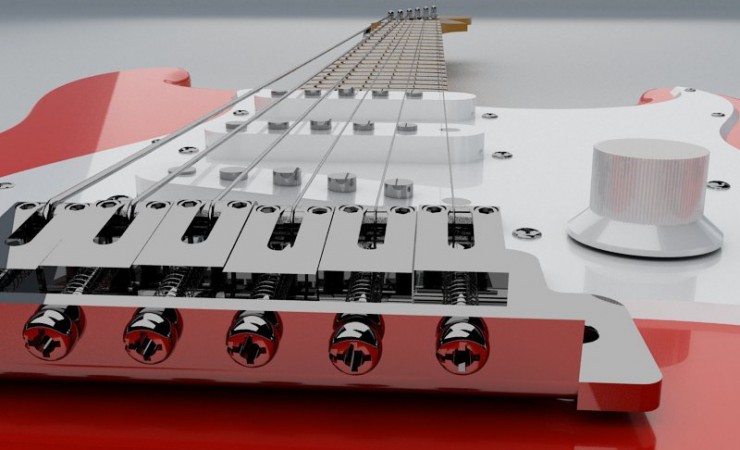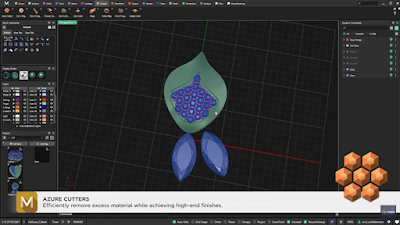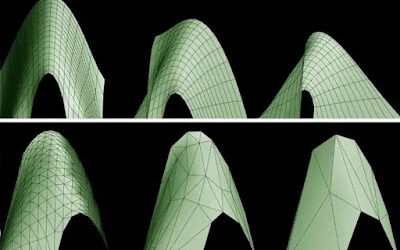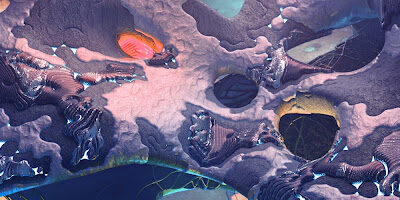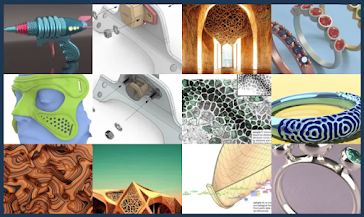Rhino
Description
Rhinoceros is a Modeling Tools for Designers and Architects
Since its first release in 1998, Rhinoceros®, or Rhino®, has become one of the standard 3D modeling tools for designers and architects.
Start with a sketch, drawing, physical model, scan data, or only an idea—Rhino provides the tools to accurately model and document your designs ready for rendering, animation, drafting, engineering, analysis, and manufacturing or construction.
Rhino can create, edit, analyze, document, render, animate, and translate NURBS curves, surfaces, and solids with no limits on complexity, degree, or size. Rhino also supports polygon meshes and point clouds. Its accuracy and flexibility makes it possible to students to explore and build their ideas without having to spend much time learning “CAD”.
Also, any geometry created in Rhino can be manufactured using laser cutters, milling machines or 3D printers, and this is really what makes Rhino different from general 3D modelling tools based in polygons, where you can create great images, but without manufacturing precision.
Rhino’s open architecture allows using also Rhino as a development platform: a C++ SDK and a series of scripting methods (RhinoScript) allow programmers of any level of expertise customize and automate Rhino and extend its capabilities. Today, there are dozens of commercial plug-ins for Rhino for nesting, terrain creation, parametric architecture, rendering, animation, CAM, subdivision modelling, jewelry, mold design, etc.
With more than 300,000 commercial users and more than 10,000 schools, Rhinoceros allows to quickly develop your designs and accurately communicate them to everyone in the product research, development, marketing, and manufacturing or construction process.
A free Evaluation version can be downloaded at www.rhino3d.com/eval.htm
Latest news on Rhino
MatrixGold 3.10: The Efficiency Update
Gemvision has released MatrixGold 3.10, introducing a powerful set of tools and enhancements designed to streamline your workflow and give you greater creative control—whether you’re managing intricate stone settings or optimizing design files.What’s New in MatrixGold 3.10Azure Cutters – Enhance
Summer Schools in Europe
Bio_Build_BoticsAutomation and Biomimetic Design for Sustainable Earth-Sheltered Construction14 July – 25 July 2025ISTAR-Iscte Summer SchoolLisbon, PortugalThe course Bio_Build_Botics – Automation and Biomimetic Design for Sustainable Earth-Sheltered Construction has now been published on summerschoolsineurope.eu.Rhino and Grasshopper will be heavily used during
Design Morphine Masters Y25/26
Master of Science in Computationally Augmented DesignNovember 2025 – August 2026 (9 Months)Late Enrollment Deadline – September 1st, 2025DesignMorphine has created a bespoke, accredited, and worldwide recognized nine-month online Master of Science program. Crafted to be accessible from all corners
Rhinoceros on IRC list for Washington State!
Congratulations to the Rhinoceros community and all users in industries that recommended Rhinoceros be added to the State of Washington IRC software list.Washington Industry Recognized Certification (IRC)State Approved Industry Recognized Credentials List#139 Rhino Certified Level 1 and 2 Specialist Manufacturing Skilled
Private Online Rhinoceros 3D & Grasshopper Tutors
Get customized “1-on-1” help from a live Rhino or Grasshopper tutor via Zoom.tutorsandservices.com offers access to a team of tutors and freelancers that are available for hire on an as-needed basis for professional help with your projects or to learn a
Flexible BIM in Rhino: From Concept Models to Project Drawings with VisualARQ 3
Discover how VisualARQ brings Flexible BIM capabilities to Rhino, enabling architects to develop complete architectural projects. From the early design stages to the production of project drawings and documentation, all within Rhino’s intuitive modeling environment.What you’ll learn:How to use VisualARQ
Nuevo curso de RhinoLands en Rhino3D.Education
Nos complace anunciar el lanzamiento de un curso completo de RhinoLands, ahora disponible en la plataforma Rhino3D.Education.
Este curso autodidáctico paso a paso es ideal para principiantes, incluso para aquellos sin experiencia previa en CAD o AutoCAD, y avanza gradualmente hacia
New RhinoLands Course Released on Rhino3D.Education!
We’re excited to announce the release of a comprehensive RhinoLands course now available on the Rhino3D.Education platform!
This self-paced, step-by-step course is ideal for complete beginners—even those with no prior CAD or AutoCAD experience—and gradually advances to professional-level landscape modeling and
Job offer at Brodie Neill (London, UK) – Technical & Computational Designer
Brodie Neill are on the hunt for a talented Technical & Computational Designer to join its London team tand lead the computational design work for the London based furniture design studio.Working at the intersection of craft, innovation, and sustainability, the

